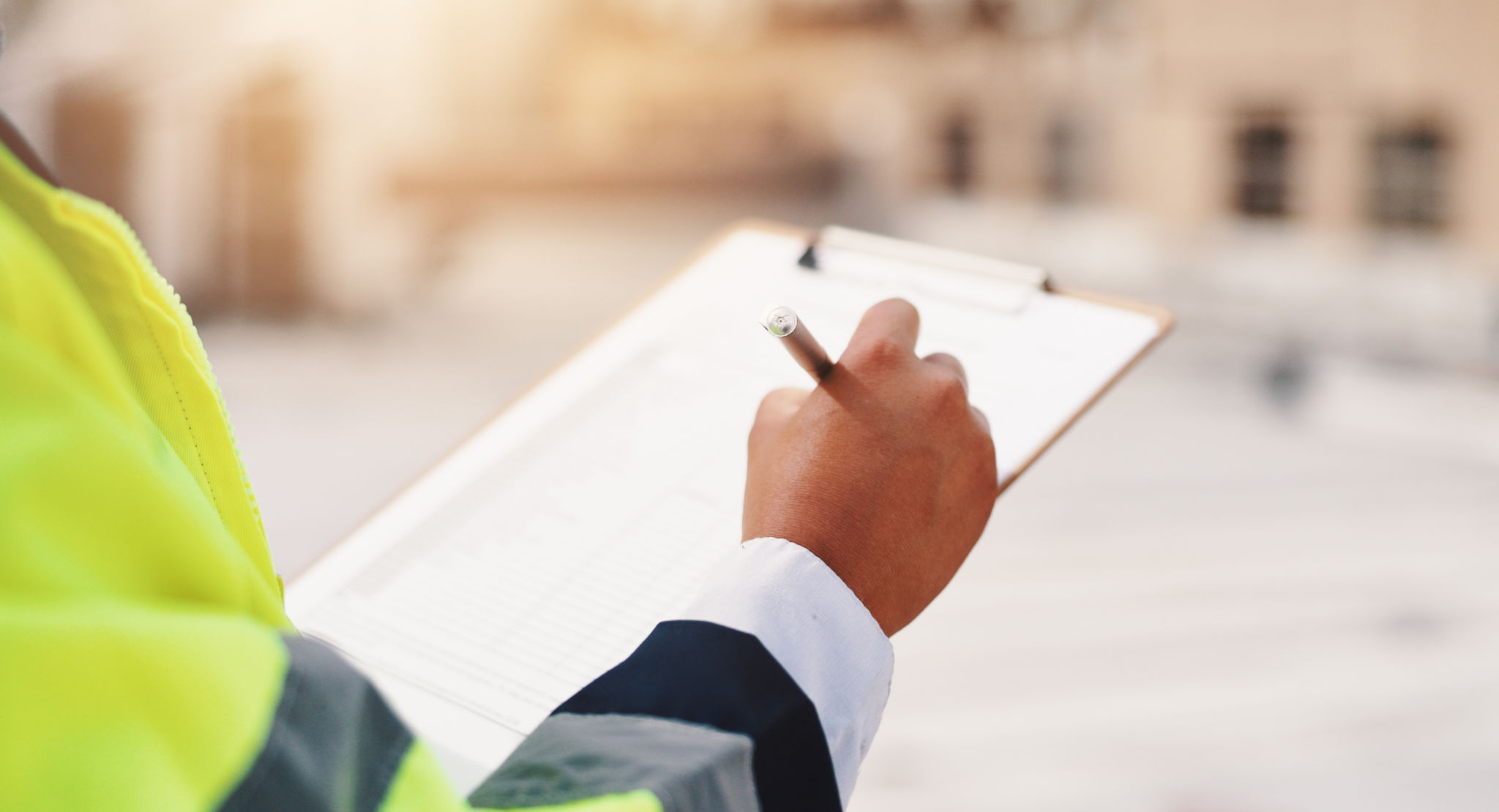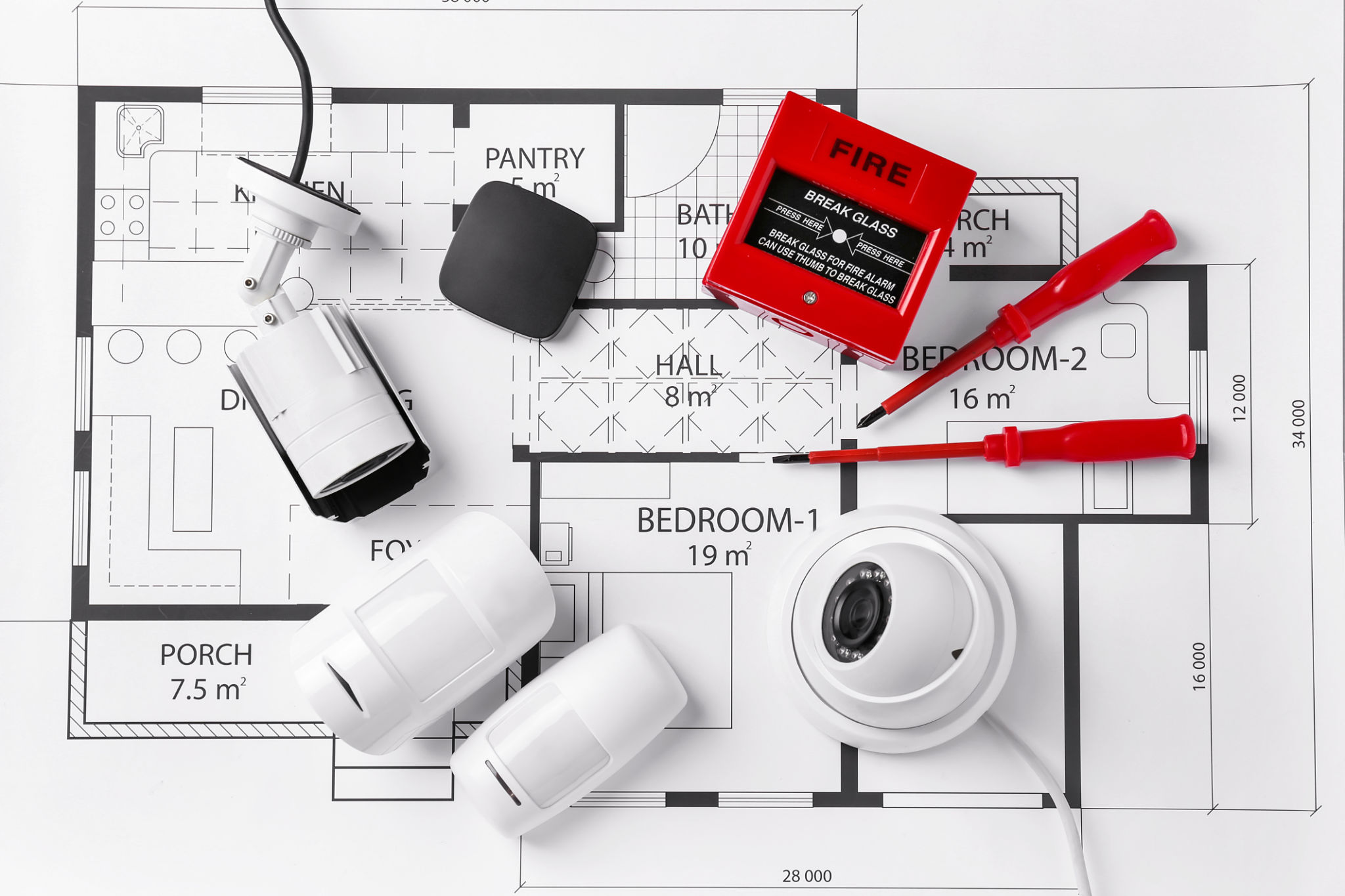Preparing Your Building for Fire Escape Inspections: What to Expect
Fire escape inspections are a crucial part of maintaining building safety and compliance with local regulations. Whether you own a residential or commercial property, preparing for these inspections can help ensure that everything goes smoothly and efficiently. Understanding what to expect can make the process less daunting.
Understanding the Importance of Fire Escape Inspections
Fire escape inspections are conducted to ensure that all escape routes are accessible and functional in case of an emergency. These inspections are not just about compliance but are essential for the safety of everyone in the building. Regular inspections help identify potential hazards and ensure that safety standards are maintained.

Preparing Your Building for Inspection
Clear Obstructions
One of the first steps in preparing for a fire escape inspection is to ensure that all escape routes are clear of obstructions. This includes removing any furniture, boxes, or debris that might hinder a quick and safe exit. Fire escapes should always be accessible and unobstructed.
Check Structural Integrity
Inspect the structural integrity of your fire escapes. Look for signs of rust, corrosion, or any damage that could compromise safety. If you notice any issues, it’s crucial to address them before the inspection. Hiring a professional to assess the condition can provide peace of mind.

What Inspectors Look For
Compliance with Regulations
Inspectors will check if your fire escapes comply with local building codes and safety regulations. This includes verifying that the escape routes are properly marked and that all signage is visible and legible. It's essential to familiarize yourself with local requirements to ensure compliance.
Functionality of Equipment
All fire safety equipment, such as alarms, sprinklers, and extinguishers, must be in working order. Inspectors will test these devices to ensure they function correctly. Regular maintenance and testing can prevent last-minute issues during inspections.

After the Inspection
Once the inspection is complete, you will receive a report detailing the findings. If any issues are identified, you will need to address them promptly. Correcting these issues not only ensures compliance but also enhances the safety of your building.
Implementing Recommendations
Take the inspector's recommendations seriously and implement any necessary changes. This might involve repairs, additional signage, or changes to your emergency plans. Staying proactive about fire safety can prevent accidents and save lives.
Conclusion
Preparing your building for a fire escape inspection requires attention to detail and a commitment to safety. By understanding what inspectors look for and taking the necessary steps to prepare, you can ensure a smooth inspection process. Regular maintenance and a proactive approach to safety can significantly enhance the protection of your building and its occupants.
